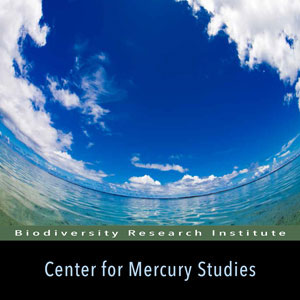News:
Eliminating Mercury Skin Lightening Products![]()
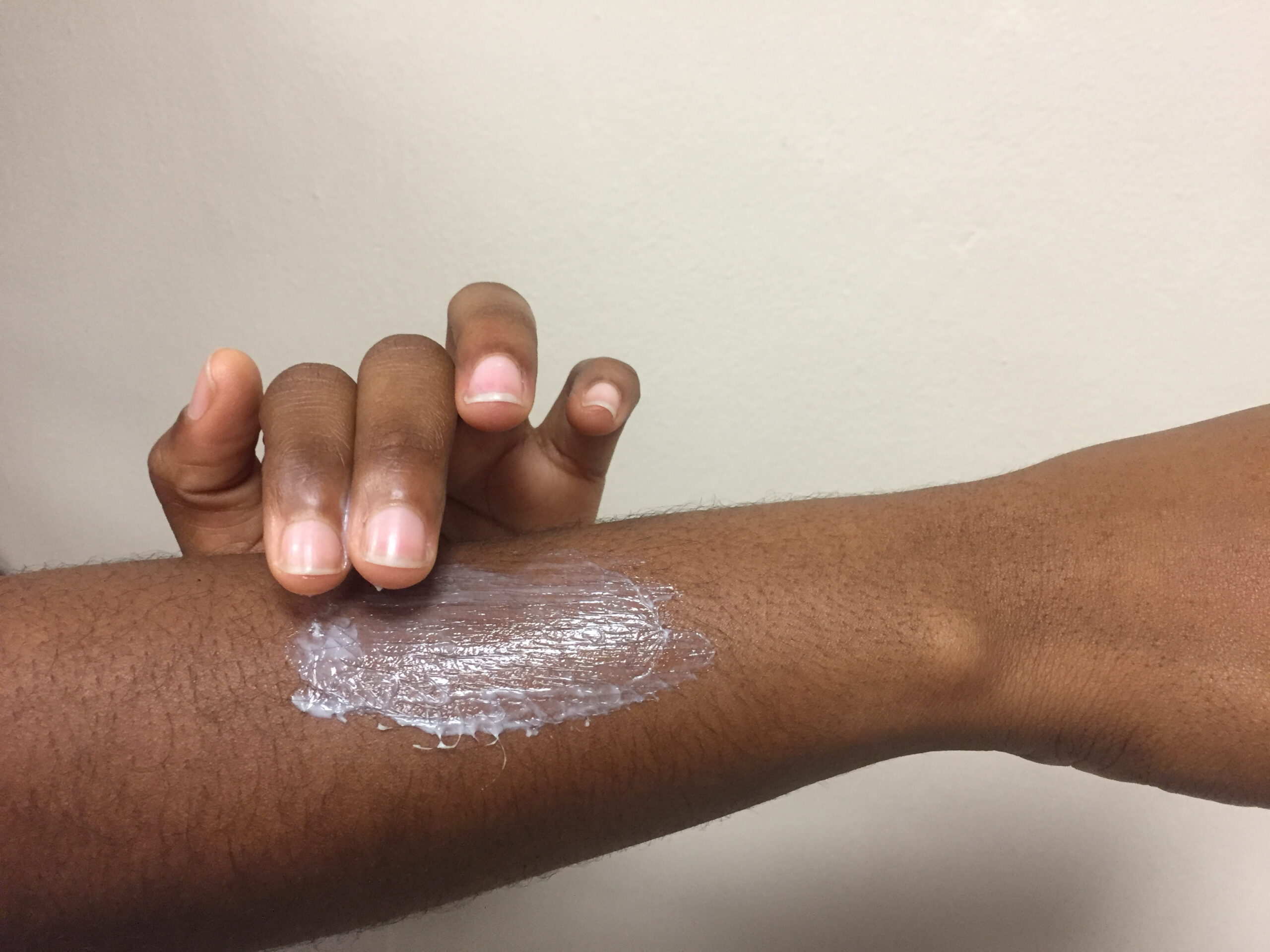 Inorganic mercury is a common ingredient found in skin lightening products (SLPs). SLPs come in different forms, including creams and soaps. BRI is collaborating with the United Nations Environment Programme and the World Health Organization to help eliminate the use of all skin lightening products. Learn more here.
Inorganic mercury is a common ingredient found in skin lightening products (SLPs). SLPs come in different forms, including creams and soaps. BRI is collaborating with the United Nations Environment Programme and the World Health Organization to help eliminate the use of all skin lightening products. Learn more here.
Announcing a Special Issue on Mercury: Global environmental mercury loads in biota and impacts on biodiversity
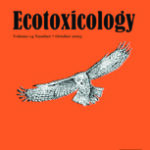 This special issue will strive to provide further understanding of the science needed for both the Minamata Convention On Mercury and the Convention on Biological Diversity. Learn more here.
This special issue will strive to provide further understanding of the science needed for both the Minamata Convention On Mercury and the Convention on Biological Diversity. Learn more here.
Minamata Convention on Mercury (COP-5)
 The fifth meeting of the Conference of the Parties to the Minamata Convention on Mercury (COP-5) took place in Geneva, Switzerland, from 30 October to 3 November 2023. Find more information on BRI’s contribution here.
The fifth meeting of the Conference of the Parties to the Minamata Convention on Mercury (COP-5) took place in Geneva, Switzerland, from 30 October to 3 November 2023. Find more information on BRI’s contribution here.
Mercury Studies Around the Globe
Mercury pollution is widespread and knows no borders. Since its inception, BRI has been a leader in research designed to understand the exposure and effects of mercury in wildlife and ecosystems. Mercury concentrations in fish and wildlife in the United States and across the globe are known to routinely exceed human and wildlife health thresholds.
Mercury policy development, implementation, and associated monitoring rely on accurate and neutral science to improve certainty. The Center for Mercury Studies strives to meet these scientific requirements through its leading work on the topics and projects below.

BRI helps over 40 countries meet requirements for the Minamata Convention on Mercury through assisting with Minamata Initial Assessments and mercury inventories, reducing mercury use in artisanal and small-scale gold mining practices, and evaluating effectiveness through mercury biomonitoring.
Mercury Monitoring and Assessments

BRI is working on several fronts to conduct mercury biomonitoring across the globe. Monitoring mercury exposure to humans and wildlife will help the global community to meet the requirements of the Convention. Click the links below for more information:

Artisanal and small-scale gold mining (ASGM) is the largest single source of mercury emissions in the world, representing nearly 40 percent of all global emissions. BRI works with the U.S. Department of State and international partners to identify techniques that will improve mining efficiency while also reducing the reliance on mercury to extract gold

These synthesis projects bring together environmental and biotic mercury data from across North America to better understand spatial and temporal trends in mercury accumulation and deposition. Each regional synthesis has culminated in a series of scientific publications.

Sampling broadly and annually throughout the landscape helps biologists identify “hotspots” of contaminant exposure, and helps us determine if contaminant levels are changing over time. Such information has proven pivotal in guiding policy decisions to regulate pollutants. Most BRI programs include a mercury component.
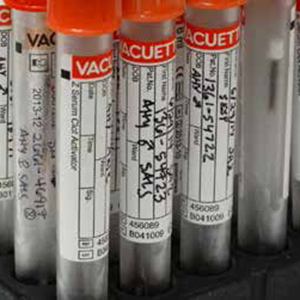
BRI’s Toxicology Lab provides analysis of tissue samples for total mercury using a Nippon MA-3000 and lead using our LeadCare ® II analyzer. Tissues include feathers, fur, blood, muscle, and egg.
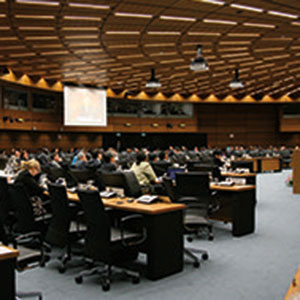
BRI focuses on providing accurate and neutral science to help inform the development and implementation of policies related to reducing mercury exposure to humans and the environment.
-
The UN Convention on Biological Diversity (CBD) was held in Montreal, December 7th-9th, 2022. Read more about BRI’s contribution here.
Photo Credits: Header photo: © Tashka-iStock; Albania, Azerbaijan, Jamaica, Jordan, Macedonia, Montenegro, Nepal, Peru, St Lucia, Trinidad and Tobago flags © Gil C; Cabo Verde, Chad, Sao Tome Flags © Coffee Lover; Georgia, Guatemala, Sri Lanka flags © Jiri Flogel; Mauritius flag © byvalet; St Kitts and Nevis flag © Carsten Reisinger; Seychelles flag © Steve Allen; UNIDO Headquaters courtesy UNIDO; Casting a net © shutterstock-digantarajkhowa; ASGM sluicing © BRI-Dave Buck

